- 全部删除
 您的购物车当前为空
您的购物车当前为空
SMYD2 Protein, Human, Recombinant (His)
一键复制产品信息SET and MYND domain-containing protein 2, also known as HSKM-B, SMYD2, and KMT3C, is a member of the SMYD protein family. It contains one MYND-type zinc finger and one SET domain. Not much is known about SMYD2. However, the interest in better understanding the roles of SMYD2 has grown because of reports indicating that SMYD2 methylates p53 and histone H3. In Xenopus, SMYD1 and SMYD2 were expressed in various muscle tissues and related to muscle cell differentiation. SMYD2 mRNA is most highly expressed in heart and brain tissue. Over-expressed SMYD2 localizes to the cytoplasm and the nucleus in 293T cells. SMYD2 appears to restrain cell proliferation, likely through direct modulation of chromatin structure. Patients with SMYD2-overexpressing tumors had a worse overall rate of survival than those with non-expressing tumors, and SMYD2 positivity was independently associated with a worse outcome in the multivariate analysis. SMYD2 plays an important role in tumor cell proliferation through its activation/overexpression and regards as a prognosticator and potential therapeutic target in esophageal squamous cell carcinoma (ESCC).
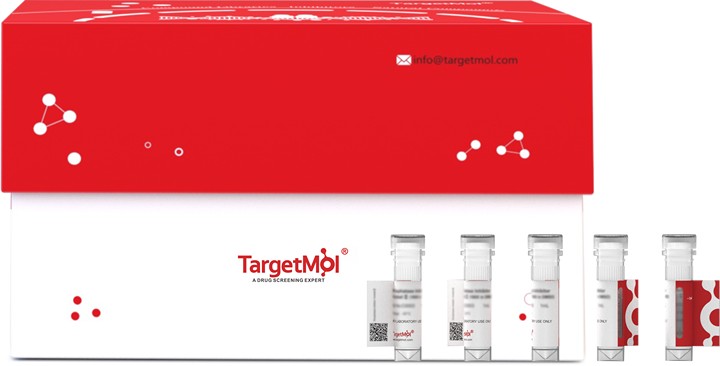
SMYD2 Protein, Human, Recombinant (His)
一键复制产品信息| 规格 | 价格 | 库存 | 数量 |
|---|---|---|---|
| 5 μg | ¥ 683 | 6-8日内发货 | |
| 10 μg | ¥ 1,130 | 6-8日内发货 | |
| 20 μg | ¥ 1,930 | 5日内发货 | |
| 50 μg | ¥ 4,430 | 5日内发货 |
产品信息
| 生物活性 | Activity testing is in progress. It is theoretically active, but we cannot guarantee it. If you require protein activity, we recommend choosing the eukaryotic expression version first. |
| 产品描述 | SET and MYND domain-containing protein 2, also known as HSKM-B, SMYD2, and KMT3C, is a member of the SMYD protein family. It contains one MYND-type zinc finger and one SET domain. Not much is known about SMYD2. However, the interest in better understanding the roles of SMYD2 has grown because of reports indicating that SMYD2 methylates p53 and histone H3. In Xenopus, SMYD1 and SMYD2 were expressed in various muscle tissues and related to muscle cell differentiation. SMYD2 mRNA is most highly expressed in heart and brain tissue. Over-expressed SMYD2 localizes to the cytoplasm and the nucleus in 293T cells. SMYD2 appears to restrain cell proliferation, likely through direct modulation of chromatin structure. Patients with SMYD2-overexpressing tumors had a worse overall rate of survival than those with non-expressing tumors, and SMYD2 positivity was independently associated with a worse outcome in the multivariate analysis. SMYD2 plays an important role in tumor cell proliferation through its activation/overexpression and regards as a prognosticator and potential therapeutic target in esophageal squamous cell carcinoma (ESCC). |
| 种属 | Human |
| 表达系统 | Baculovirus Insect Cells |
| 标签 | N-His |
| 蛋白编号 | Q9NRG4-1 |
| 别名 | ZMYND14,SET and MYND domain containing 2,KMT3C,HSKM-B |
| 蛋白构建 | A DNA sequence encoding the full length of human SMYD2 (NP_064582.2) (Met 1-His 433) was expressed, with a polyhistidine tag at the N-terminus. Predicted N terminal: His |
| 蛋白纯度 | > 97 % as determined by SDS-PAGE |
| 分子量 | 52 kDa (predicted); 48 kDa (reducing conditions) |
| 内毒素 | < 1.0 EU/μg of the protein as determined by the LAL method. |
| 蛋白性状 | Lyophilized powder |
| 缓冲液 | Lyophilized from a solution filtered through a 0.22 μm filter, containing 50 mM Tris, 100 mM NaCl, 10% glycedrol, pH 8.0.Typically, a mixture containing 5% to 8% trehalose, mannitol, and 0.01% Tween 80 is incorporated as a protective agent before lyophilization. |
| 复溶方法 | A Certificate of Analysis (CoA) containing reconstitution instructions is included with the products. Please refer to the CoA for detailed information. |
| 存储 | It is recommended to store recombinant proteins at -20°C to -80°C for future use. Lyophilized powders can be stably stored for over 12 months, while liquid products can be stored for 6-12 months at -80°C. For reconstituted protein solutions, the solution can be stored at -20°C to -80°C for at least 3 months. Please avoid multiple freeze-thaw cycles and store products in aliquots. |
| 运输方式 | In general, Lyophilized powders are shipping with blue ice. |
| 研究背景 | SET and MYND domain-containing protein 2, also known as HSKM-B, SMYD2, and KMT3C, is a member of the SMYD protein family. It contains one MYND-type zinc finger and one SET domain. Not much is known about SMYD2. However, the interest in better understanding the roles of SMYD2 has grown because of reports indicating that SMYD2 methylates p53 and histone H3. In Xenopus, SMYD1 and SMYD2 were expressed in various muscle tissues and related to muscle cell differentiation. SMYD2 mRNA is most highly expressed in heart and brain tissue. Over-expressed SMYD2 localizes to the cytoplasm and the nucleus in 293T cells. SMYD2 appears to restrain cell proliferation, likely through direct modulation of chromatin structure. Patients with SMYD2-overexpressing tumors had a worse overall rate of survival than those with non-expressing tumors, and SMYD2 positivity was independently associated with a worse outcome in the multivariate analysis. SMYD2 plays an important role in tumor cell proliferation through its activation/overexpression and regards as a prognosticator and potential therapeutic target in esophageal squamous cell carcinoma (ESCC). |










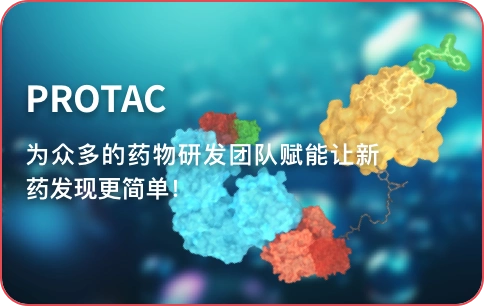






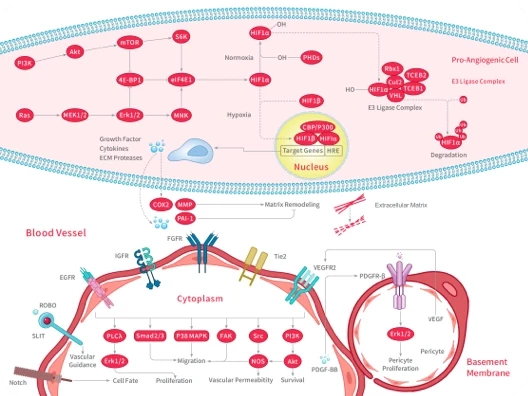
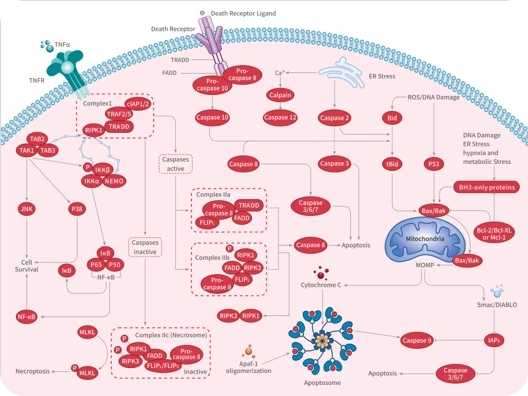
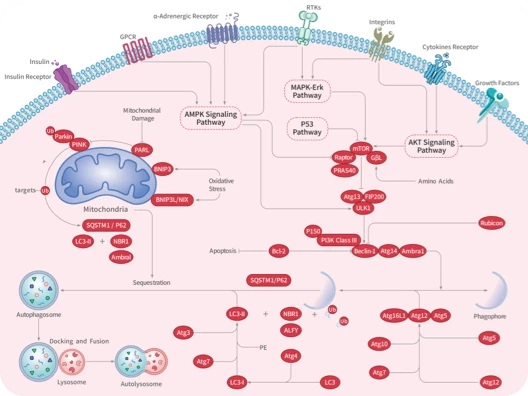

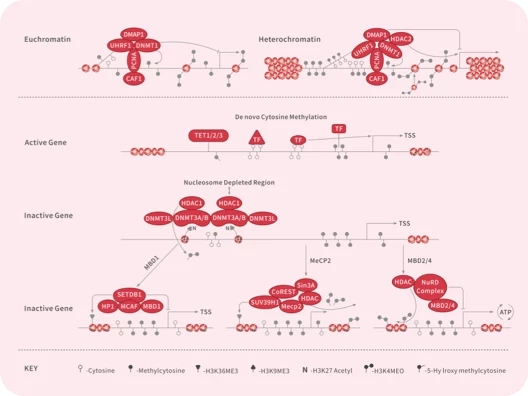
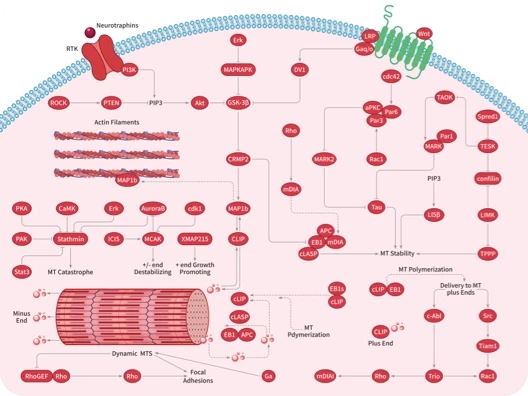
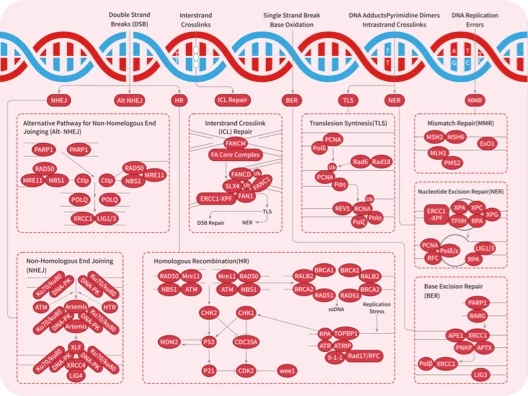
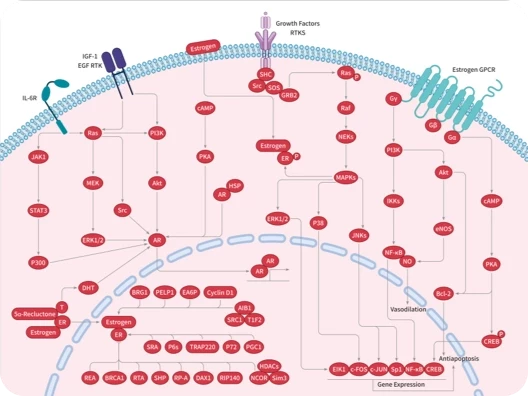
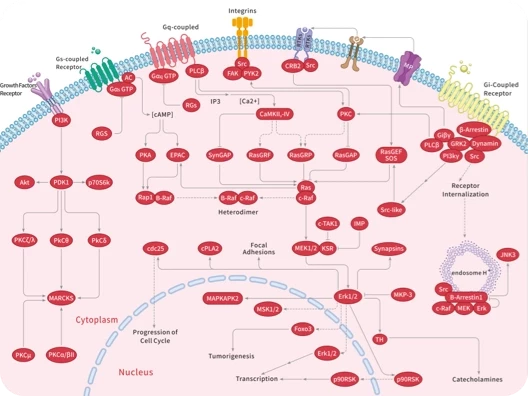
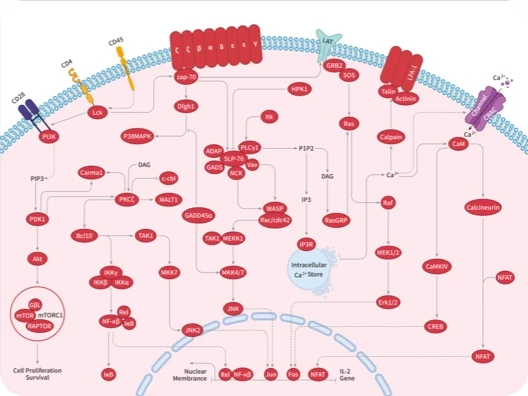
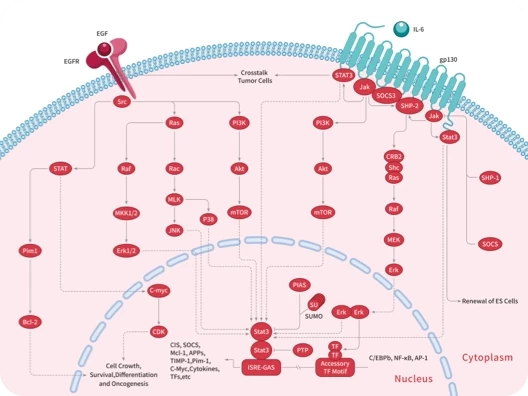
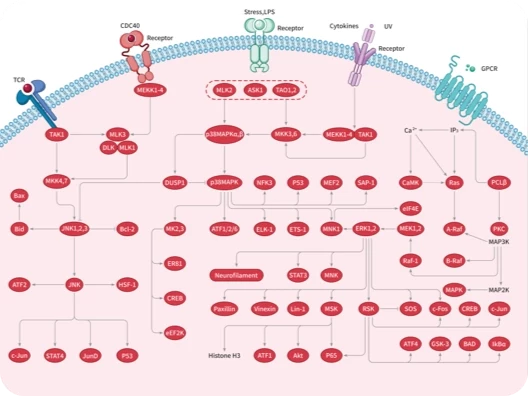

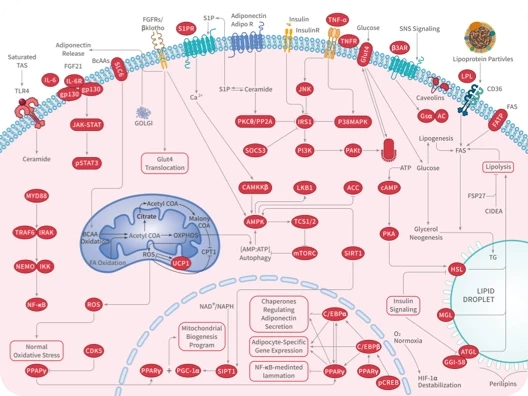
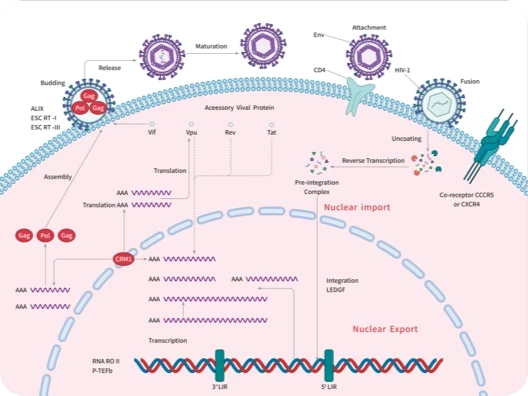

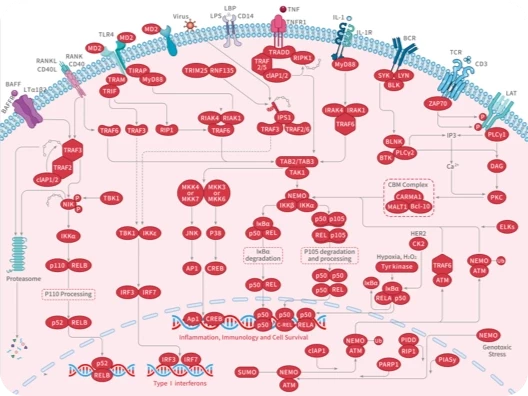
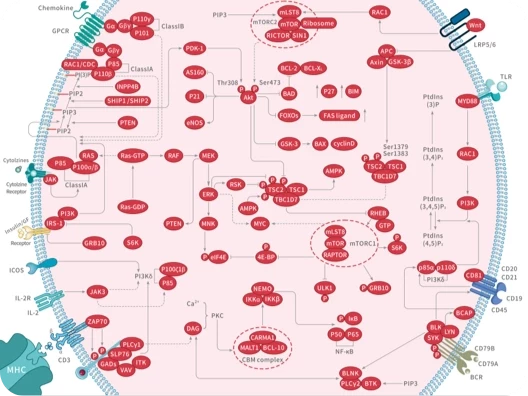
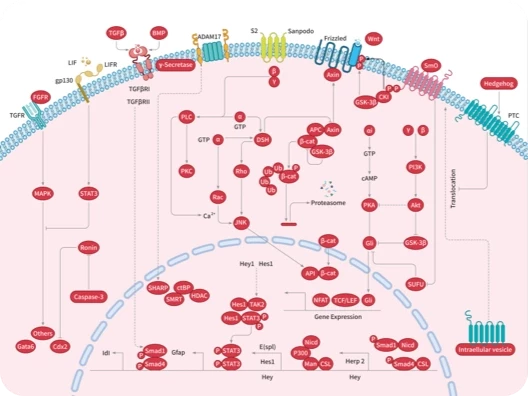
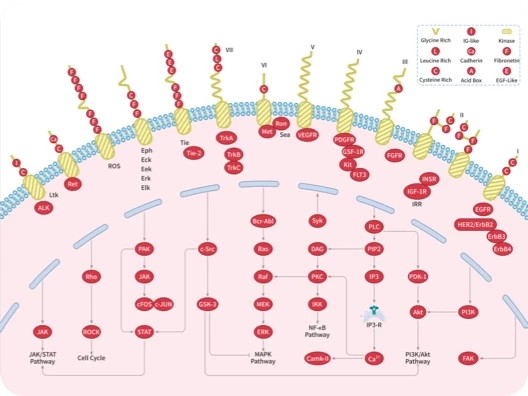
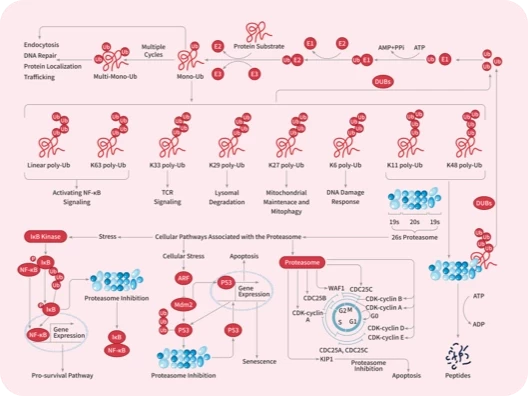


 |
|